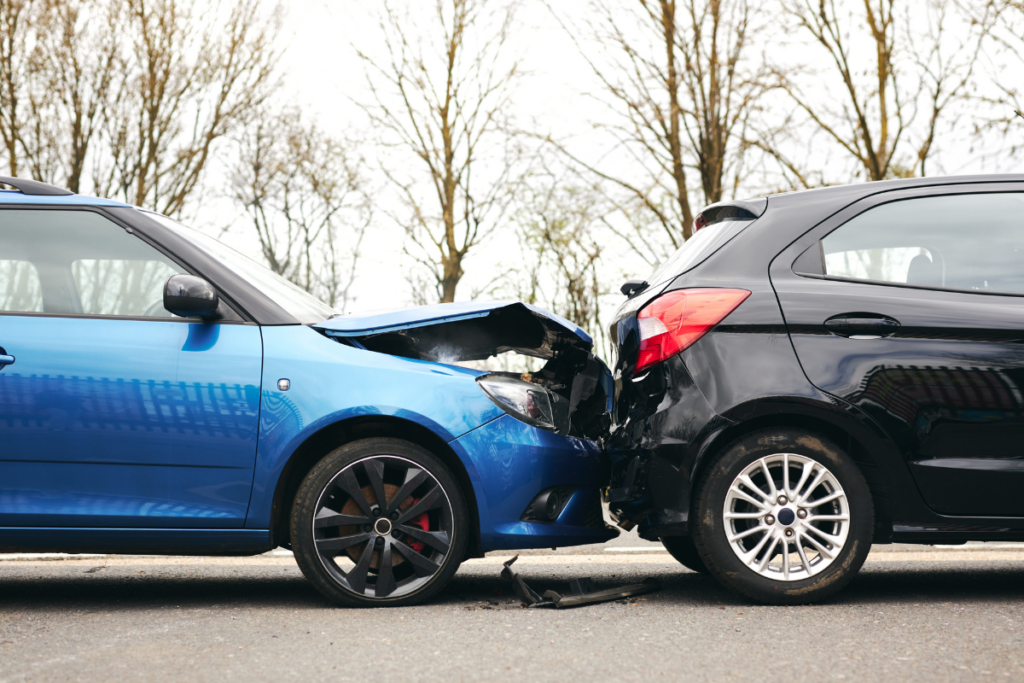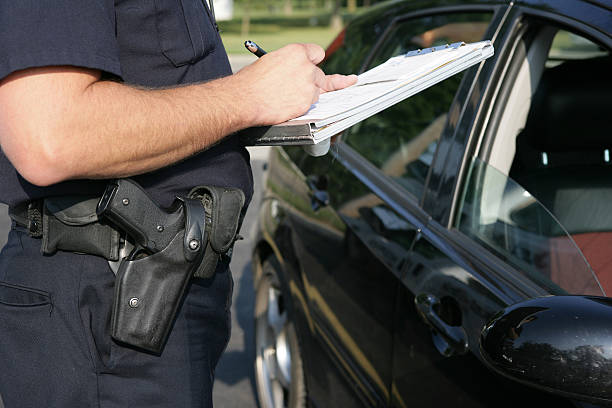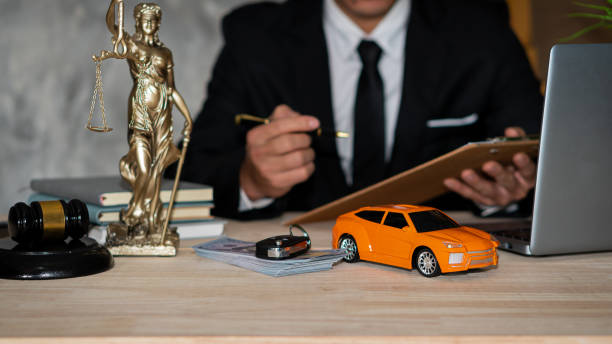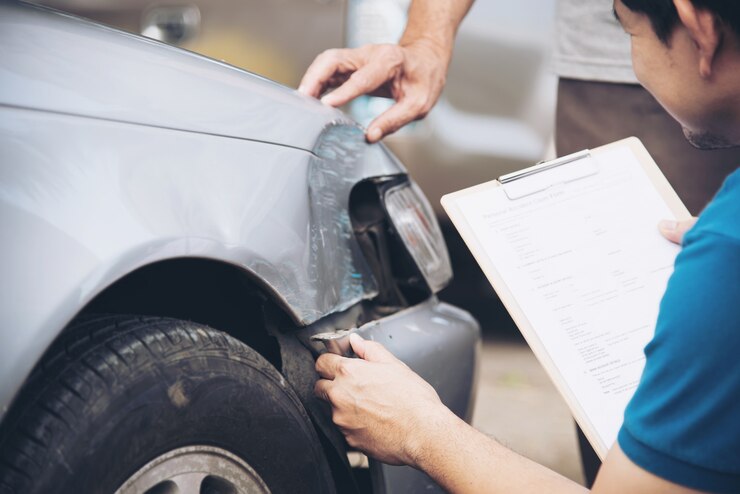When a car accident occurs, one of the first questions is who was at fault. This process relies on specific types of evidence to help insurance companies, law enforcement, and courts understand what happened and determine who is liable for damages.
While every accident is unique, some common kinds of evidence play a central role in proving fault. Gathering and presenting this evidence can be complicated in many cases, so it’s often necessary to find an experienced car accident attorney early.
They can help collect and interpret the facts to strengthen a claim and protect a person’s rights. Whether it’s a two-car collision or a more complex incident involving multiple vehicles, certain forms of proof are consistently valuable.
Police Reports
A police report is usually one of the first documents reviewed when assessing fault. Officers at the scene typically record statements from those involved, witness accounts, and any citations issued.
For example, this might be noted if a driver was speeding, ran a red light, or appeared impaired. While not the final word, these reports carry weight with insurance companies and in court.
Photographs and Video Footage
On-scene photos and videos show road conditions, vehicle damage, skid marks, traffic signals, and vehicle locations. This graphic proof frequently makes it easier to understand how the mishap happened.
Traffic cameras or surveillance footage from surrounding businesses can also prove helpful, particularly in cases where there is disagreement over how events transpired.
Eyewitness Statements
People who saw the accident can provide critical third-party perspectives. Their statements often fill in gaps left by the drivers’ accounts. A witness’s credibility, proximity to the scene, and clarity of vision all affect the strength of their contribution.
Vehicle Damage and Physical Evidence
The location and type of damage on a vehicle can suggest how and where the impact occurred. Broken glass, paint transfers, and debris patterns help accident reconstruction experts understand the sequence of events. This kind of evidence supports or challenges the narratives given by those involved.
Medical Records
Injuries sustained in a crash often reflect the nature of the collision. For example, whiplash might suggest a rear-end impact. Medical records also establish the timing and seriousness of injuries, which can be compared to how the accident was described. This adds another layer of factual detail to support a claim.
Phone Records and Data
In some cases, cellphone records are reviewed to check if a driver was texting or on a call when the crash occurred. Vehicle data recorders (“black boxes”) can provide information such as speed, braking, and steering patterns just before the accident. These details can confirm or challenge claims about what a driver was doing.
Final Thoughts
Proving fault in a car accident relies on strong, well-documented evidence. Police reports, witness statements, photos, and vehicle data all help piece together what happened. These details are essential for insurance claims and legal decisions.
Without solid proof, determining who is responsible becomes much more complicated. Knowing what evidence to collect and how it supports a case is key to reaching a fair and accurate outcome.











